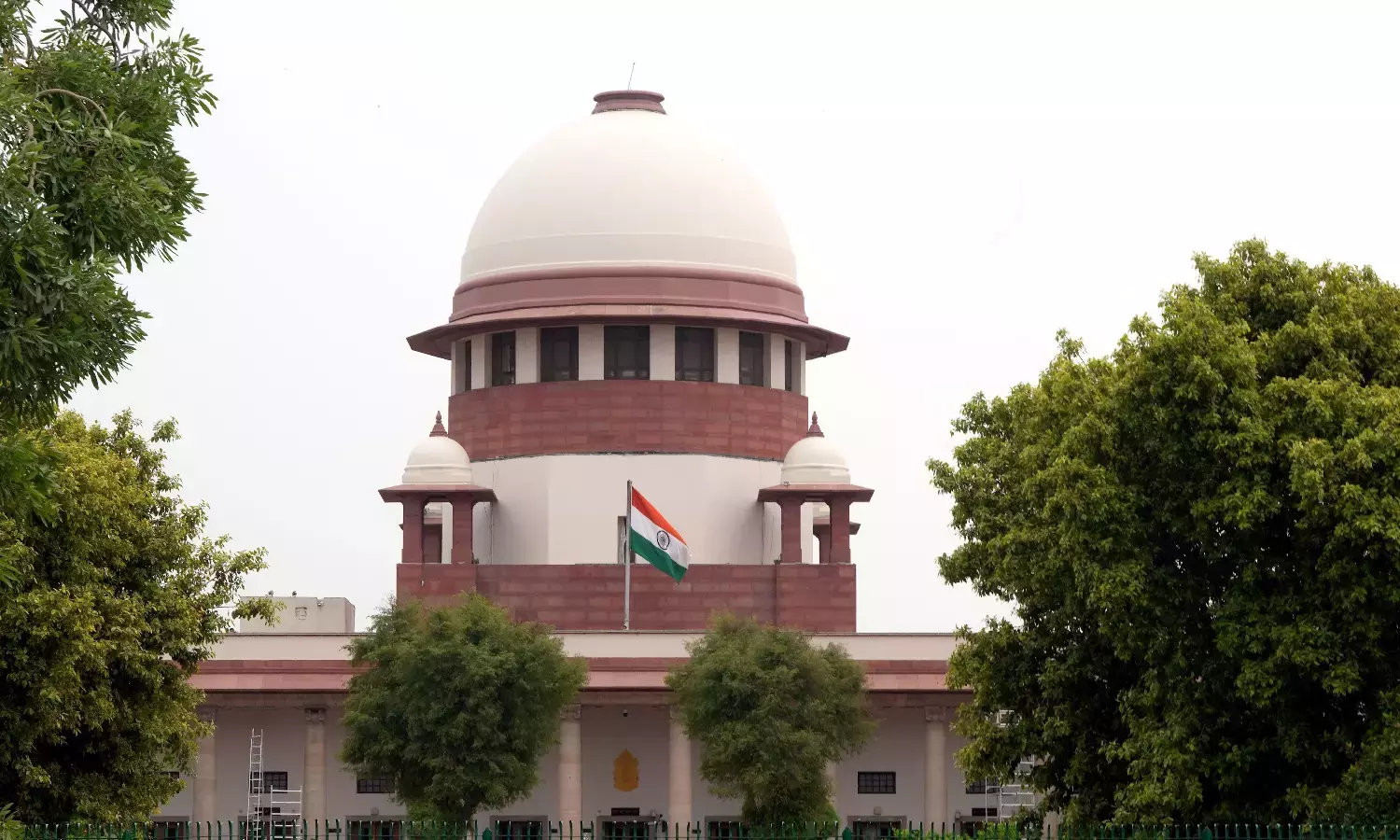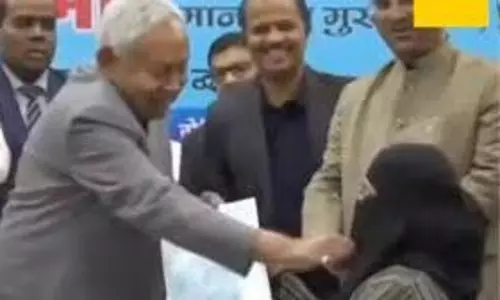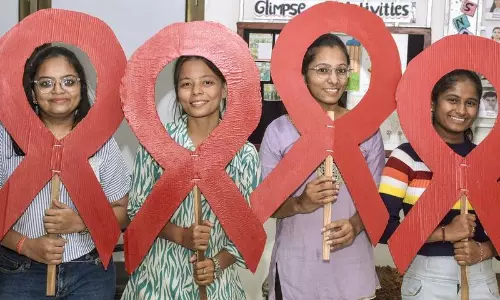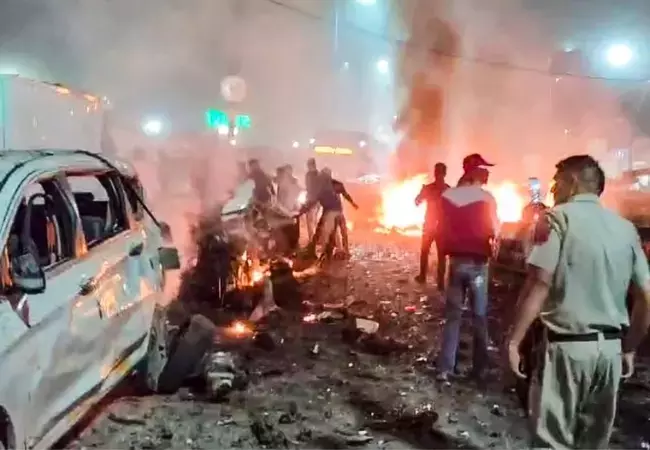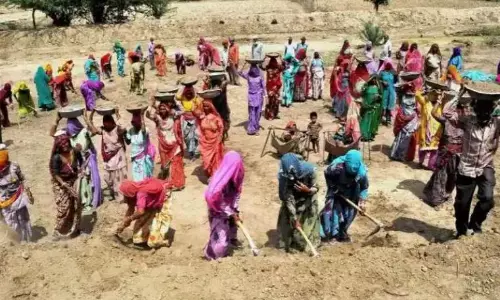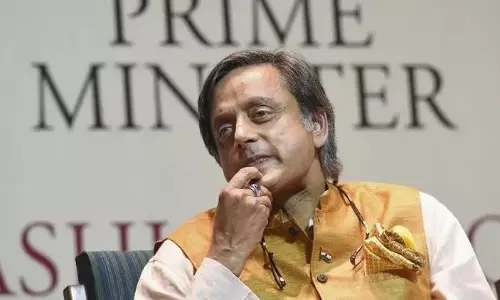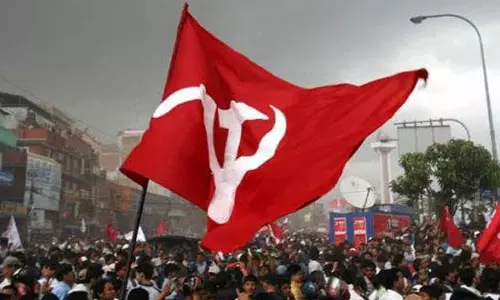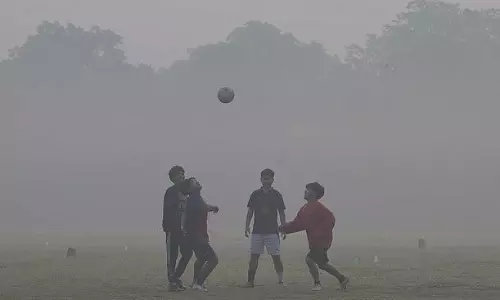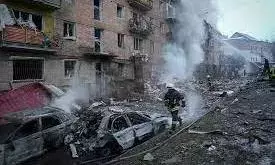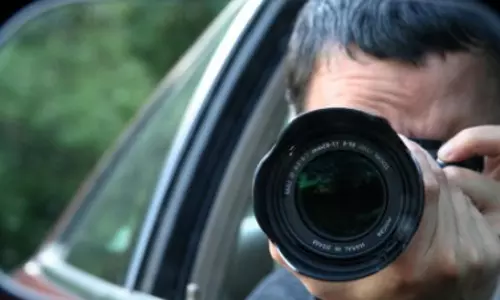
What kind of Kerala model is this?
text_fieldsIt was in the beginning of last month that the sorrow shared on social media by Dr. Harris Chirakkal, Head of the Urology Department, over the cancellation of surgeries due to the lack of essential equipment caused by the negligence of authorities at Thiruvananthapuram Medical College, emerged hitting nrws headlines. Shocked by the doctor’s revelation, the Health Minister and officials woke up and took swift action to resolve the issue. But what was done was merely a temporary patch-up to cover up the government’s failure, now brought to light, and not a real solution. The doctor had clearly stated that what the health department system needs is a complete overhaul, a curative treatment, not just a superficial remedy, and this was made clear to the world, including the Minister. The Minister had openly admitted then that it is the system itself that is ailing. What surprised everyone who could discern the difference was whether the Minister or the government had truly realised that they themselves are part of the very system they are condemning. Kerala came to realise just how deteriorated the system has become when a portion of a building in the Kottayam Medical College complex collapsed. However, instead of repairing the broken system, the so-called pro-people and compassionate Left Front government is unfortunately choosing to turn defensive and make it all about itself. That is a grave tragedy. By announcing a departmental inquiry against Dr. Harris Chirakkal, who has Leftist leanings, and by placing him under a cloud of suspicion over the missing equipment at the medical college and subjecting him to punishment, what kind of Kerala model are the Health Minister and the Left government trying to create?
Although the doctor’s outcry against mismanagement was initially applauded, it was clear from day one that those in power did not take it well. What embarrassed the Chief Minister that day was not the cancellation of surgeries or the fact that money was allegedly being extorted from patients and their families rushing in for urgent treatment. The irritant was the fact that the doctor had openly said so. That became the reason for his reprimand. Looking through the technical loopholes of the government’s code of conduct, the doctor may appear to be at fault. However, the doctor had already made it clear that it was only because his superiors and the health department system failed to act according to that very code that he was compelled to speak out. The Chief Minister’s accusation was that the doctor’s remark had contributed to misrepresenting India’s best healthcare sector. However, the urgency shown by the authorities who promised that everything would be fixed seems to have been aimed not at addressing those who stalled files or blocked sincere employees, nor at those damaging the healthcare sector, but at silencing those who expressed concern about it. The government proceeded in a way that confirmed the criticism of sceptics who doubted whether officials who revel in songs of praise would ever stop short of going after the doctor. What followed was a show-cause notice to the doctor, then a departmental inquiry, and even before its findings were out, the minister himself pointed to the doctor in connection with a missing piece of equipment, turning it into a threat of investigation. Eventually, even a former Union Minister from the Bharatiya Janata Party unknowingly blurted out that Kerala had begun following Yogi’s Uttar Pradesh (Though he later swallowed his words, fearing party backlash). By falsely implicating a selfless, public-spirited doctor in a theft case, what kind of Kerala model is the Left Front government trying to create?
It was on March 10 and again on June 6 that Dr Harris submitted letters to the authorities requesting supplementary components for a device called the lithoclast probe used in the urology department. With no response received and due to the continued inaction of the authorities, surgeries were disrupted, prompting the doctor to make the issue public on June 27. Following this, the equipment was hastily procured. In the show-cause notice, department officials claimed that the equipment was available in the department on the very day the doctor raised the concern. However, the report submitted by the government’s four-member expert committee, which investigated the incident, fully validated the doctor’s contention. The report notes that although applications for the equipment were submitted on time, many were only received after five to six months, and several applications were left piled up on desks, including that of the Collector. The Minister’s statement to the media that the inquiry committee had found a part of the equipment purchased using MP funds to be missing also turned out to be false. A statement presented before the expert committee clarified that one piece of equipment used for bladder stone treatment was damaged, and that such damage could not have occurred on its own. However, Dr. Harris clarified that the equipment brought in during the tenure of the previous head was set aside without being used, as no one was trained to operate it, and a previous surgery performed using it had turned extremely complicated.
In the Kottayam Medical College disaster, the Minister made a serious error by carelessly repeating an official’s statement. Even here, instead of appreciating the official who exposed the mismanagement within his own department based on a remark in the report, the Minister chose a policy of blame and reprimand. What should we call this model of governance that rushes to lash out at those who point out the mess in its own backyard rather than trying to clean it up?





